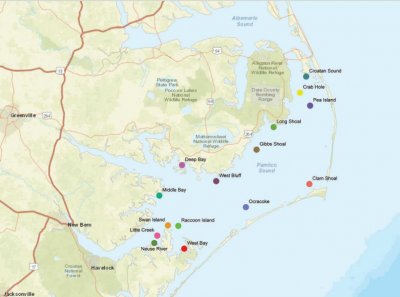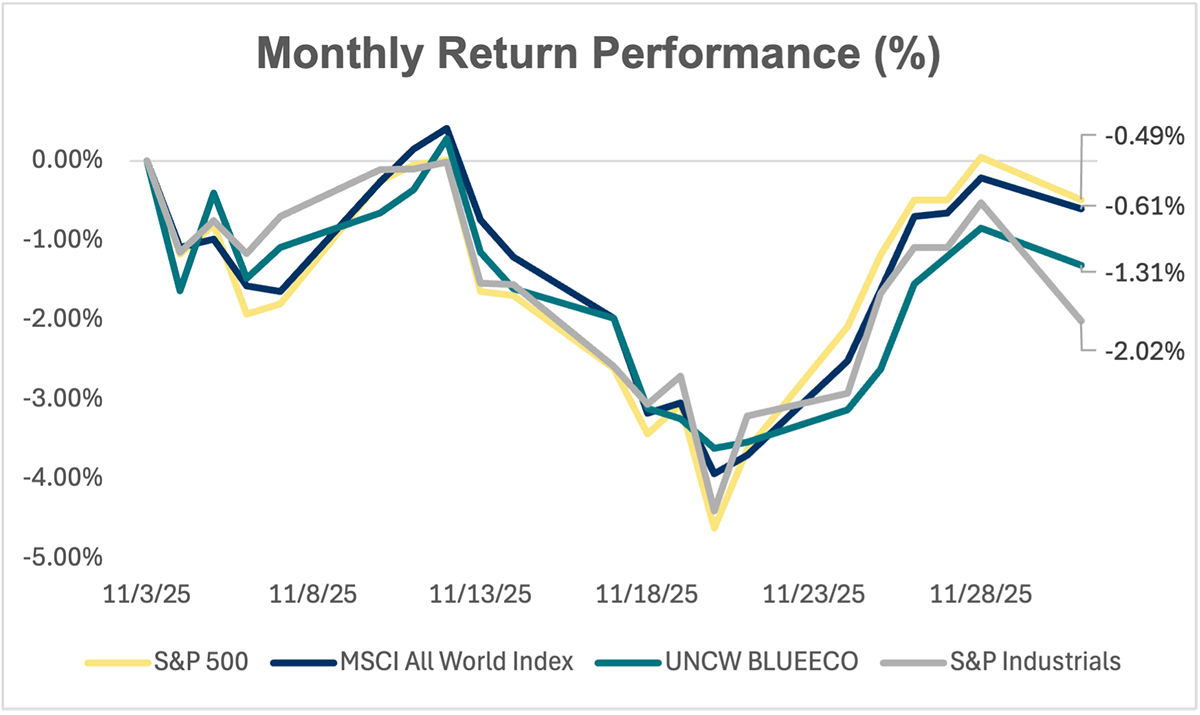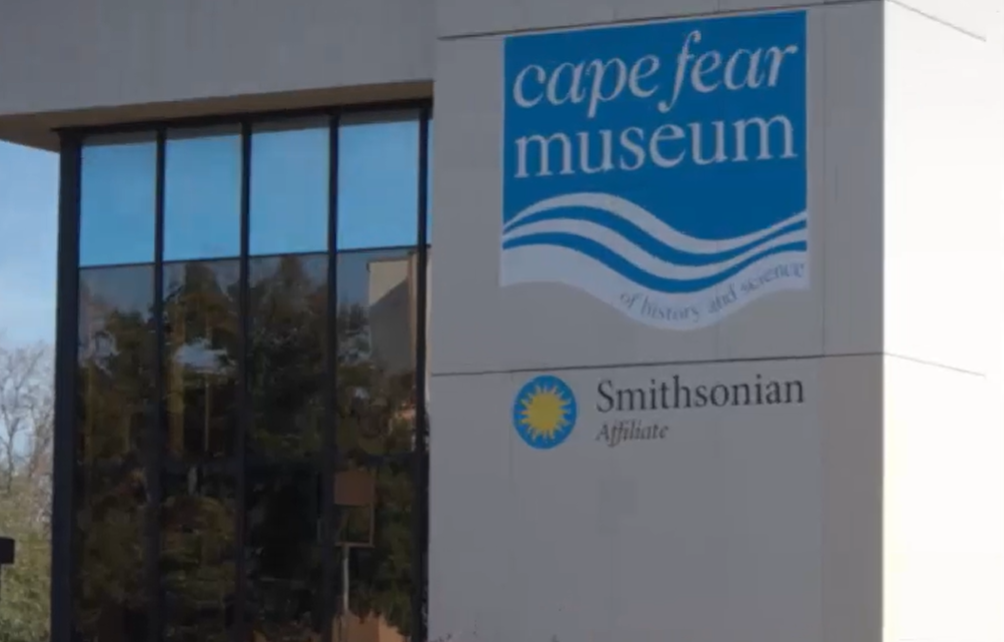CARTERET COUNTY — Over the course of three years, the North Carolina Coastal Federation and state Division of Marine Fisheries have been building the Swan Island Oyster Sanctuary in Pamlico Sound.
The project is expected to wrap up July 8 with the final deployment of material to add to the new, 40-acre oyster reef.
Supporter Spotlight
The division and contractor Stevens Towing Co. Inc. have each spring and early summer since 2017 placed thousands of tons of limestone marl and granite in the sound to build new oyster reef, which provides habitat for baby oysters, known as spat.

With the conclusion of the Swan Island Sanctuary, the division, the federation and partners are to identify areas in need of restoration efforts.
In addition to being one of 15 oyster sanctuaries in the Sen. Jean Preston Oyster Sanctuary Network, the Swan Island Oyster Sanctuary is a part of the federation’s 50 Million Oyster Initiative that aims to build by 2020, 50 acres of oyster reef, with each acre supporting about 1 million oysters, according to a news release from the federation. The federation said 50 million oysters filter 2.5 billion gallons of water per day.
Statewide, the division has built nearly 145 acres of cultch planted reefs, with some close to the sanctuary where they can receive spat. These cultch reefs will be open to harvest when oysters reach the legal size of 3 inches.
The reefs in the Sen. Jean Preston Oyster Sanctuary Network, which are not open to harvest, are part of the plan to regrow the state’s oyster population.
Supporter Spotlight
“We recently completed a comprehensive survey of reefs in Pamlico Sound, including reefs that are harvested, natural, intertidal and subtidal. And what we found, is that while subtidal sanctuary oyster reefs in Pamlico Sound only occupy about 6% of the total footprint of oysters, they account for an estimated 40% of the oyster population in Pamlico Sound,” Dave Eggleston, North Carolina State University’s Center for Marine Science and Technology director, said in a statement. “Furthermore, these sanctuaries are hosting oysters at densities nearly ten times higher than the other reef types that we monitored.”
Erin Fleckenstein, coastal scientist in the federation’s Wanchese office and project manager for the restoration project, explained that the success of the sanctuaries is encouraging.
“They provide insurance for our oyster population in Pamlico Sound. They host adult oysters that help to repopulate our harvested reefs while also filtering the sound and providing habitat for other fish,” she said.
The three-year Swan Island Oyster Sanctuary Project was funded by $3 million in state appropriations and nearly $3.3 million in grant funds from National Oceanic and Atmospheric Administration’s community-based restoration program with additional funding by Grady White Boats and federation members.
“The effort to restore our oyster populations is especially important after the critical blow that oysters got last fall. With two major hurricanes, Florence and Michael, the oyster population was hit hard. Impacts associated with stormwater runoff, low oxygen water and sediments, decimated oyster populations across the state. It was an impact that was felt by many harvesters during oyster season,” according to the federation.
Following the storms, a preliminary survey indicates that Swan Island Oyster Sanctuary had very high spatfall counts, “indicating recent oyster settlement. While this may have been a stress response to the storm, recruitment and survivorship were strong on this reef. The sanctuary will help to reseed nearby cultch planting sites.”







